Low-Cost Restaurant Ideas in UK: Ghost Kitchens & TikTok Trends for 2026

Discover low-cost restaurant ideas in the UK that blend creativity, tech, and trend-savvy menus to help you launch with impact and minimal overhead.

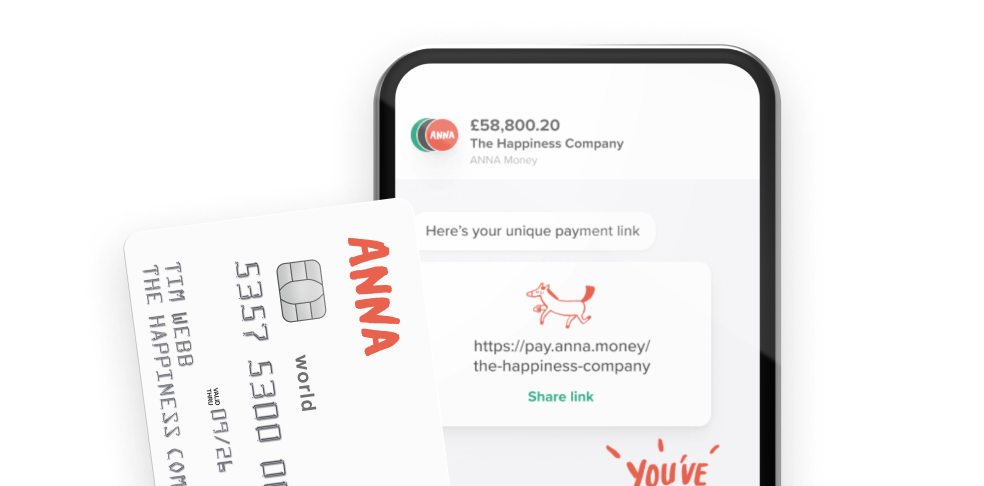
- In this article
- Low-cost restaurant ideas for UK start-ups that actually work
- Ghost kitchens: The ultimate low-cost restaurant idea for UK entrepreneurs
- TikTok menus & social-media-driven dining
- Other 2026 restaurant startup trends to watch
- What you need to start your low-cost restaurant in the UK legally?
- ANNA can register your company in minutes
The UK restaurant scene in 2026 is being reshaped by digital innovation and changing consumer habits.
New ghost kitchen models and social-media-driven menus are making it easier to launch eateries with lower overhead.
If you’re an aspiring restaurateur, you can also capitalise on these low-cost, creative concepts to attract budget-conscious diners.
Are you ready to embrace delivery-first kitchens, TikTok-inspired dishes, sustainability, and tech-driven service trends?
Let's begin then!
Low-cost restaurant ideas for UK start-ups that actually work
Starting a restaurant on a shoestring budget is possible with the right concept and design. Keeping overheads low while delivering an experience is key. Here are some creative, budget-friendly concepts and tactics that work well in the UK market:
1. Street food & fast casual
Launch a simple stall or tiny eatery focusing on one cuisine, e.g., tacos, kebabs, burgers, or noodles. Keep equipment minimal and let the flavour shine. Street-food locations and markets offer built-in foot traffic and forgiving rent. Pop-up or market stalls allow testing concepts without long leases.
2. Café or coffee shop with a twist
A small coffee shop (serving good coffee, pastries, sandwiches) can thrive on minimal space. Add a hook like a pet café (cats or dogs), a games board shelf or a books exchange to stand out. Specialty coffees or wellness teas can justify slightly higher prices.
3. Theme or experience focus
Make dining fun and Instagram-worthy. Ideas include live-music nights, comedy or open-mic shows, or film-and-dinner events. Cooking-class restaurants (where guests learn to cook their meal) also attract crowds. These draw customers for the experience more than luxury décor.
4. Minimalist & sustainable design
Cut fit-out costs by using second-hand or repurposed furniture. Mismatched chairs and tables can feel hip and eclectic on a budget.
Skip fancy tablecloths and use cheap painted plywood or metal tabletops that are easy to maintain.
Some UK designers even reuse old pub benches and whiskey barrels as chic bar features. What's more, reclaimed wood and local materials reinforce a green image (and save money).
5. Community & social focus
Concepts like “pay-it-forward” cafés (customers can pre-buy meals for those in need) or hiring schemes for disadvantaged people can draw positive attention.
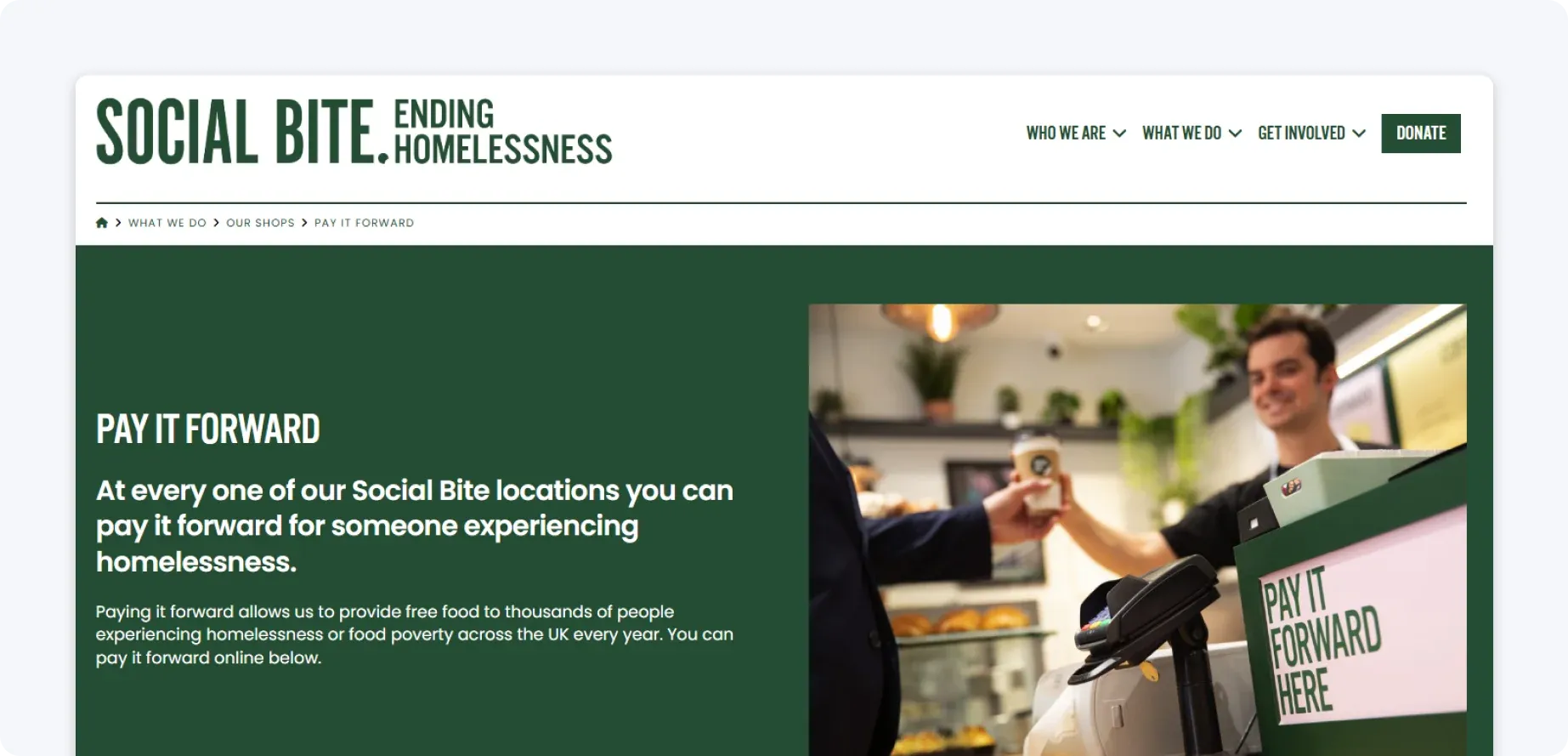
Also, emphasising local, sustainable sourcing appeals to eco-conscious diners by reducing waste through composting and using reusable or minimal packaging.
6. Menu & service efficiency
Offer a short, focused menu. A few core dishes reduce food waste, simplify ordering and keep kitchen costs down.
You can also consider encouraging self-service or counter-service instead of full table service to reduce staffing requirements. Additionally, digital ordering via tablets or QR-code menus can further streamline operations.
7. Location & signage
Smaller units (even under 500 sq ft) or shared “hot kitchen” spaces save rent.
Look beyond high streets because neighbourhood industrial estates can host ghost kitchens or takeaway-only outlets.
In any case, make the entrance pop: eye-catching signage or street art can attract walk-ins without expensive interior work.
Ghost kitchens: The ultimate low-cost restaurant idea for UK entrepreneurs
Ghost (a.k.a. dark or cloud) kitchens are delivery-only food hubs with no dine-in area.
Chefs prepare orders exclusively for takeaway and home delivery via apps like Deliveroo, Uber Eats, or Just Eat.
This model dramatically cuts overhead: you don’t need prime street frontage, fancy décor, or many front-of-house staff. In effect, it’s “WeWork for restaurants,” which are shared industrial kitchens rented to multiple virtual brands.
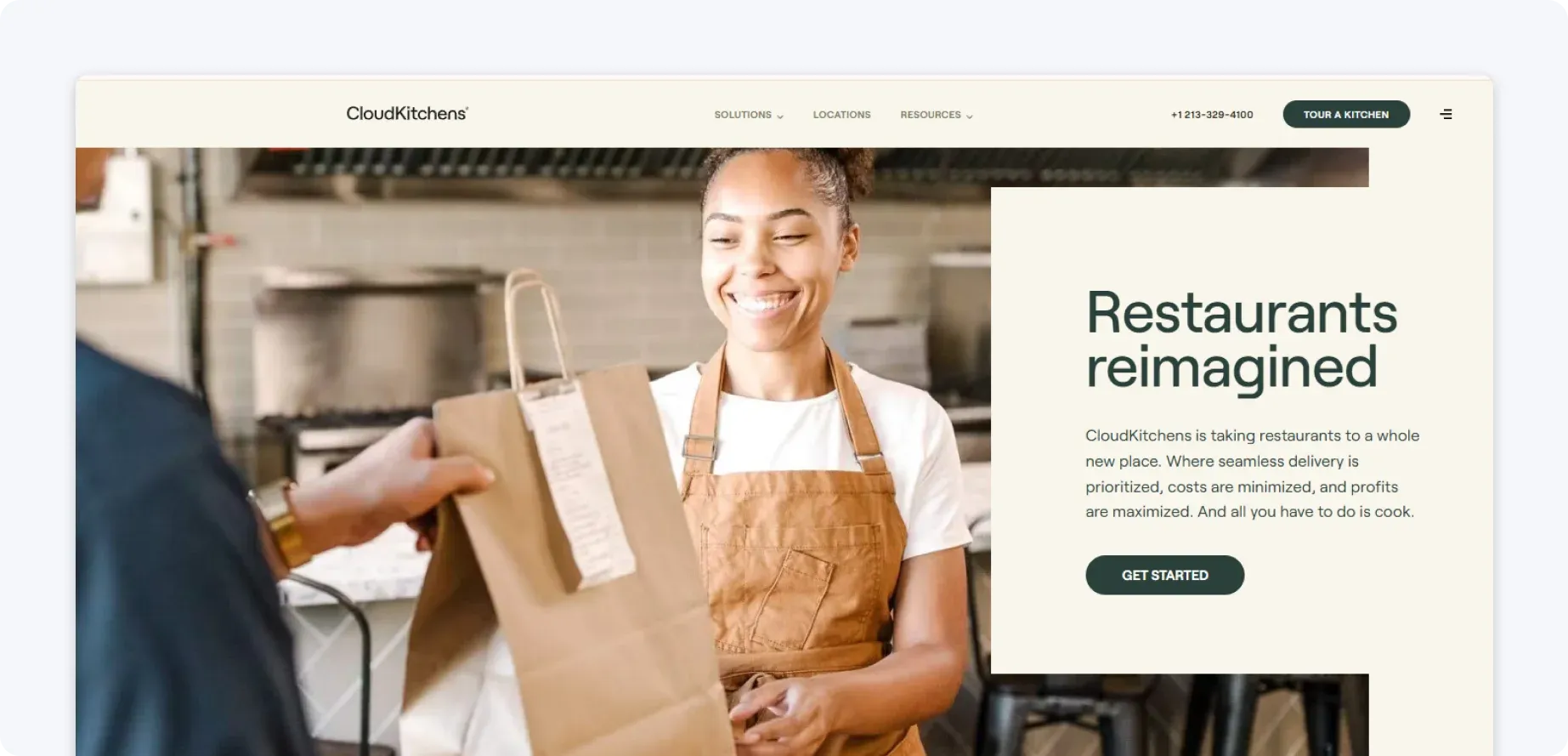
🔸Lower costs and risks: Without a costly high-street lease or full staff, a virtual kitchen can slash fixed costs by 50% or more compared to a traditional restaurant. Pandemic closures drove many businesses to launch secondary delivery-only brands in ghost kitchens to reduce rent and payroll expenses.
🔸 Scalability and experimentation: A single ghost kitchen can host several menus at once. This lets start-ups test new concepts or flavours quickly. Delivery brands can also pop up in multiple locations by simply leasing more kitchen space.
🔸 Location flexibility: Ghost kitchens often operate in industrial zones or suburban areas with cheaper rent. For example, London’s Growth Kitchen runs sites in Balham and Croydon where rent is lower than in central London. These behind-the-scenes hubs handle dozens of delivery orders daily, unseen by the casual street passerby.
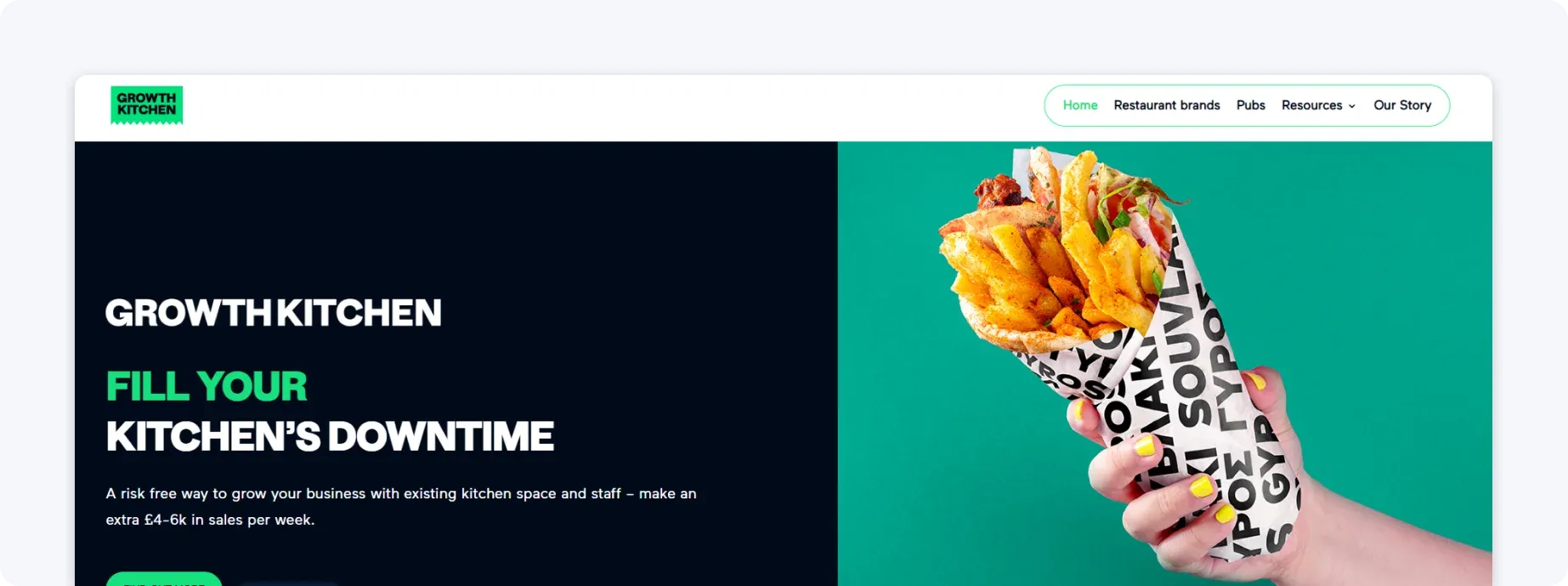
Many UK players are expanding this model. For instance, Deliveroo Editions now runs over 20 delivery-only kitchen sites around the country. (These “Editions” hubs host multiple restaurant brands under one roof.)

London-based Karma Kitchen is another big operator and it recently raised £252 million to grow its network of ghost-kitchen facilities across the UK.
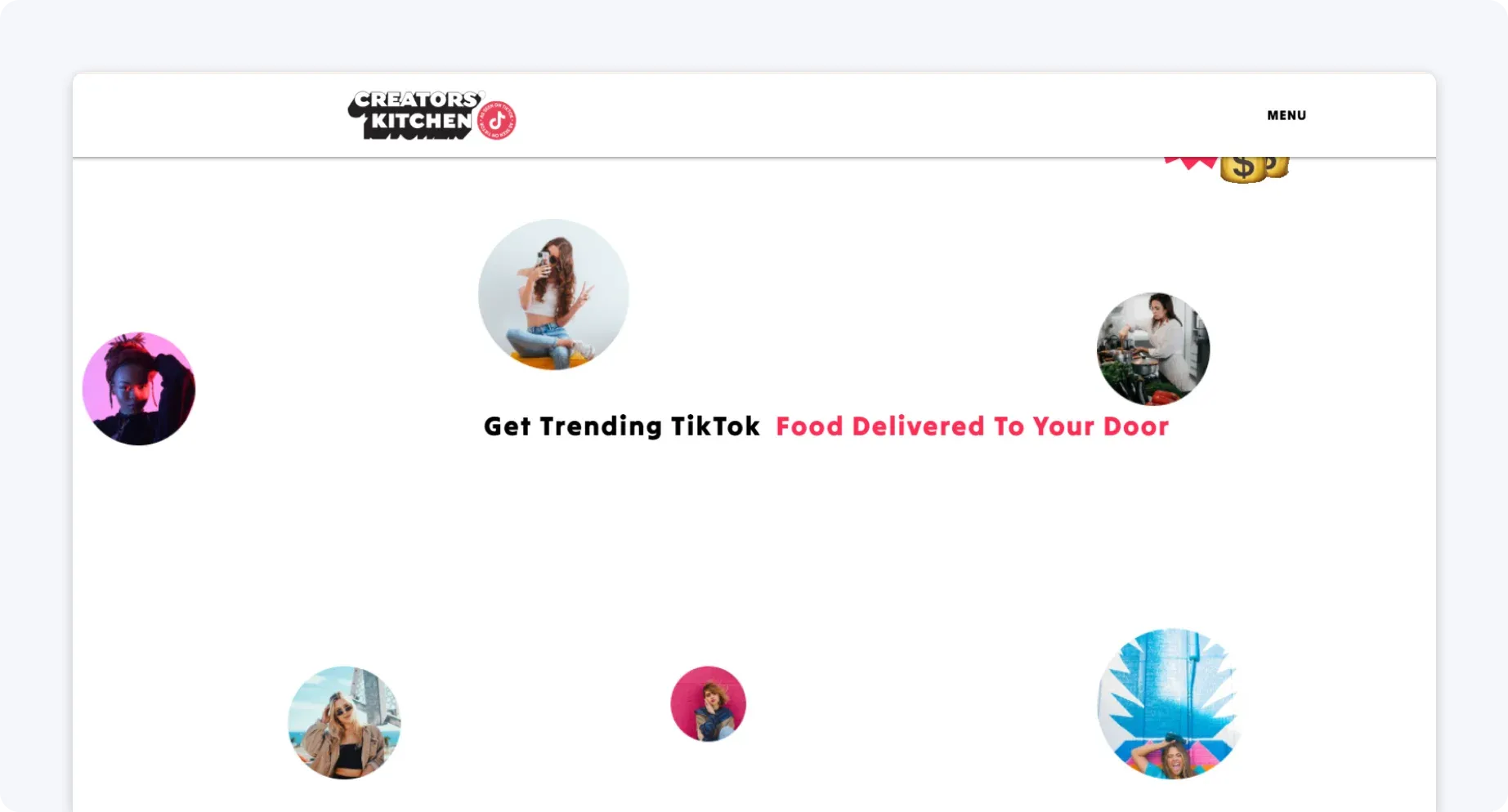
And globally, concepts like TikTok Kitchen (via Virtual Dining Concepts) are cropping up, translating viral food videos into delivery menus.
📌 Key takeaway: Ghost kitchens let new restaurants launch with minimal rent and staff. They scale fast and adapt menus to demand.
In fact, nearly half of operators say delivery now contributes significantly to their revenue, so digital-first kitchens are reshaping how we eat.
| Operator | Focus / Market | Notable Fact |
| Deliveroo Editions | UK (London, Manchester, etc.) | Operates 20+ dedicated delivery-only kitchens |
| Karma Kitchen | UK (London, etc.) | London-based ghost-kitchen operator (raised £252M for expansion) |
| TikTok Kitchen(Virtual Dining Concepts) | US/Global | TikTok-branded ghost kitchens offering menus of viral dishes |
TikTok menus & social-media-driven dining
Social media (especially TikTok) is now a major tastemaker in food. Viral cooking videos can send a dish into mainstream menus overnight.
Trendy feeds influence everything from ingredient combos to dining formats. Many UK diners ( particularly Millennials and Gen Z) learn about new restaurants and dishes from TikTok.
As a result, savvy start-ups are creating “TikTok menu” items to attract buzz.
🔸Viral dishes on menus: Restaurants are adding trending items that blew up online. For example, TikTok Kitchen’s menu in the US featured baked feta pasta, smash burgers and corn ribs – all recipes that went viral on #FoodTok.
In the UK, British comfort foods like Sunday roast, loaded baked potatoes and cheese toasties have had a recent TikTok moment. These dishes are “easy and relatively cheap to prepare,” so they fit well with budget-driven diners.
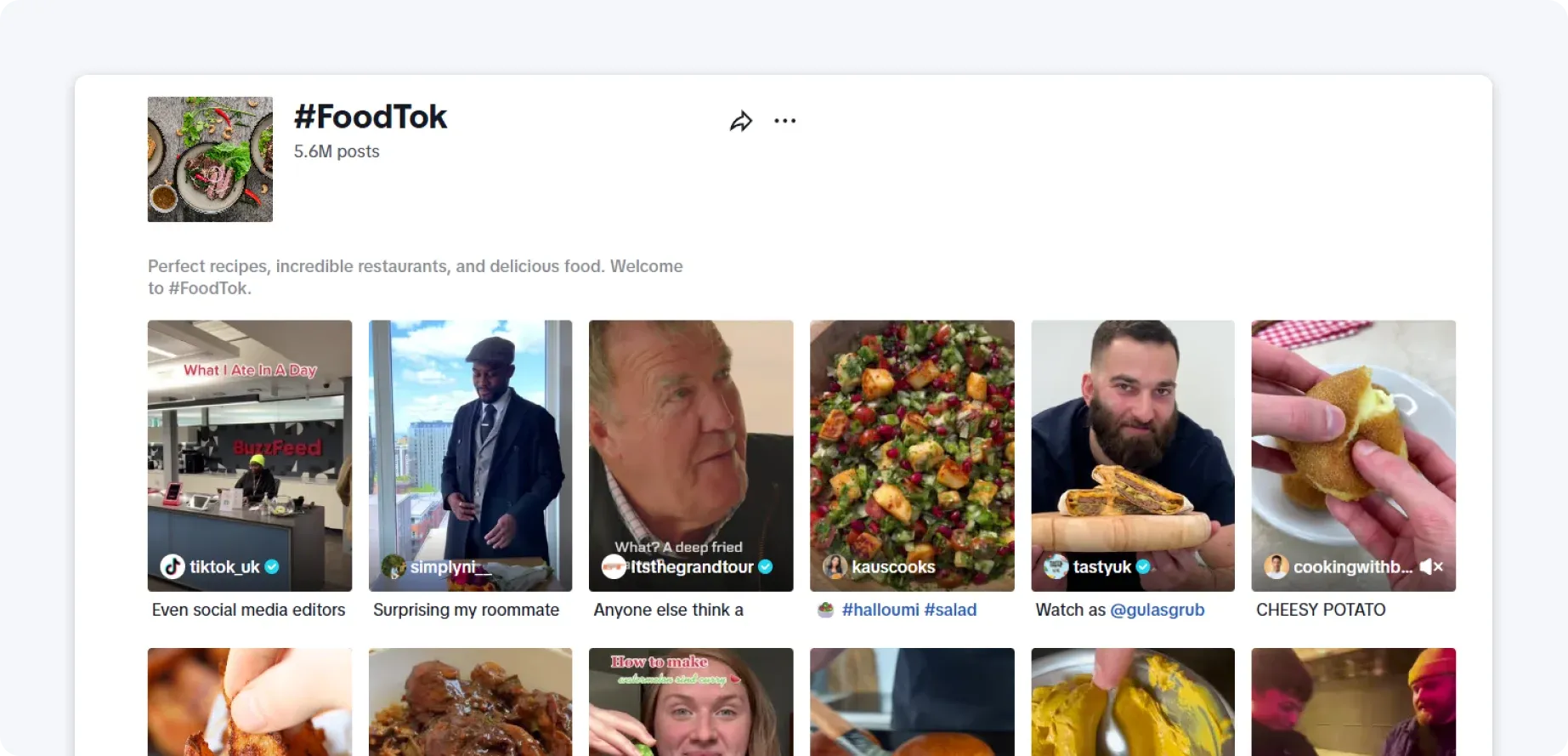
🔸Fusing cuisines: TikTok thrives on fusion ideas. Expect more hybrid street food at UK start-ups and things like samosa-tacos, birria tacos or Korean corn dogs. Bringing such cross-cultural snack plates to menus can grab attention.
🔸Limited-time drops: Some delivery brands now rotate their menu seasonally, mimicking how TikTok trends spike and fade. This creates urgency (try it before it’s gone!) and gives social media something new to talk about. It’s a lean way to keep offerings fresh without a bloated menu.
📌 According to recent industry data, TikTok’s influence is accelerating: 48% of restaurant operators now use TikTok for marketing, up from 26% just a year before.
Word-of-mouth on social media is so powerful that diners may choose a spot because they saw a viral food video, not a review.
So, what can you do as a smart restaurant start-up to leverage this?
Simply encourage customers to post their meal pics and turn trending recipes into restaurant dishes.
Trending “TikTok Foods” (2026 examples)
- Global mashups: Birria tacos, Korean hot dogs, matcha lattes, etc.
- Shareable snack platters: Boards of mini bites made for selfies
- Savory-sweet combos: Corn ribs, dessert pizzas, chicken-and-waffles mashups
- British classics: Sunday roast, gravy-drenched potatoes, loaded jacket potatoes
Other 2026 restaurant startup trends to watch
Beyond ghost kitchens and TikTok menus, several broader trends will shape new restaurants in 2026:
1. Sustainability & zero-waste
Eco-conscious dining is the norm, not a fad. Consumers expect plant-based options, local ingredients and minimal packaging. Many business owners now use compostable or reusable packaging and donate leftover food. Going carbon-neutral or joining food-waste schemes can set a startup apart.
2. Tech-integrated dining
Expect high tech everywhere.
- Over 80% of UK transactions are now cashless, so digital payment and ordering systems are essential.
| Metric | Statistic (Year) | Source |
| Contactless payments as % of all payments | 38% (2023) | UK Finance UK Payment Markets 2024 |
| People making contactless payments monthly | 85% (2023) | UK Finance UK Payment Markets 2024 |
| Cash payments as % of all payments | 12% (2023), declining | UK Finance & Finder 2025 |
| Contactless card transactions under £100 | 94.6% (2024) | Barclays Consumer Spend Report 2024 |
- QR code menus (which can be updated instantly) are common, and some restaurants are even experimenting with NFTs or loyalty tokens for exclusive dishes.
- AI-driven personalisation is also emerging: imagine an app suggesting menu items based on a customer’s preferences or past orders (like Starbucks Deep Brew AI).
3. Menu simplification & health focus
Slimming down the menu isn’t just low-cost because it actually speeds service and cuts waste. Many new restaurants opt for limited but high-quality offerings. At the same time, health trends influence ingredients: gluten-free, gut-friendly meals, alternative proteins (from insect flour to lab-grown fish) and “superfood” salads are on the rise.
4. Experience-driven dining
Food is an event. Customers now expect more than just a meal, ‘cause they also want ambiance or entertainment too.
You can host themed nights (e.g. 80s retro, film tie-ins), pop-up art exhibitions or even multi-sensory dinners where ambience changes each course.

“Casual-luxe” venues that are comfy yet stylish are trending, appealing to diners who want Instagrammable décor at an everyday price point.
5. Value & convenience
With cost-of-living pressures, value is king. Fast-food and quick-service chains continue expanding in the UK, emphasising affordability and speed. Loyalty programs and app-only deals (free fries on your birthday, etc.) keep customers coming back.
6. Delivery and takeaway remain vital
Integrating with platforms like Deliveroo or developing your own app can make or break a launch. Even fine-casual joints are ensuring robust takeaway packaging and family-size meal deals.
What you need to start your low-cost restaurant in the UK legally?
Starting your dream food business isn’t just about recipes. There’s paperwork. Here’s what to know without getting overwhelmed:
1. First, register your business
- Decide: sole trader, partnership, or limited company.
- Register with HMRC. If going the limited company route, you’ll also need to register with Companies House.
Then, tell your local council you’re opening a food business at least 28 days in advance.
2. Sort your licences (depending on what you offer)
- Selling food? You need to register with the council.
- Selling alcohol? You’ll need both a premises and personal licence.
- Open past 11 pm? Apply for a late-night refreshment licence.
- Playing music? Get PRS and PPL licences.
- Changing the building’s use? You might need planning permission.
3. Don’t skip food hygiene
- Create a HACCP plan.
- Train your staff in food safety.
- Pass your inspection and aim for a strong food hygiene rating.
4. Hire right and pay correctly
- Register as an employer with HMRC.
- Set up PAYE for salaries.
- Follow minimum wage rules and give staff proper contracts.
5. Cover your risks
- Get public liability insurance at a minimum.
- If you hire, you’ll also need employer’s liability.
- Make sure you follow allergen labelling laws.
It sounds like a lot, but many of these things are just one-time tasks. And if you’d rather not get tangled in red tape..
ANNA can register your company in minutes
If the admin side of starting a business makes your head spin, ANNA makes it simple.
You can:
- Register a Limited Company for free
- Get a business account at the same time
- Choose from plans that fit your budget and support level
Popular ANNA plans:
- Basic (£19): Quick company formation
- Essential (£119/year): Company filings + tax help
- Privacy (£180/year): London business address + mail forwarding
- Total Support (£395/year): Everything handled – VAT, PAYE, filings, and more
You also get useful add-ons like:
- VAT registration
- PAYE setup
- Virtual office services to keep your personal address private
… and so much more!
How it works:
- Choose a company name
- Fill out a short form
- ANNA registers your company and sets up your account
Take it one step at a time. Stay flexible. Your low-cost restaurant idea isn’t just possible: it’s perfectly timed.
Have fun with your menu. And lean on tools like ANNA to take care of the boring bits.
Read the latest updates
You may also like
Open a business account in minutes
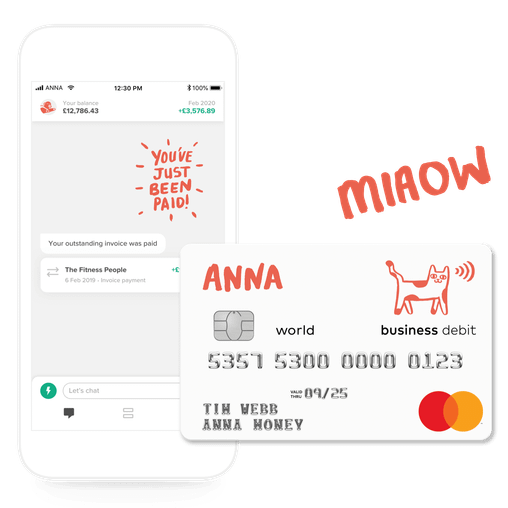


![How to Start a Currency Exchange Business in the UK [Guide]](https://storage.googleapis.com/anna-website-cms-prod/medium_Cover_3000_Landscaping_Business_Names_Creative_Name_Ideas_daad2f9e2a/medium_Cover_3000_Landscaping_Business_Names_Creative_Name_Ideas_daad2f9e2a.webp)


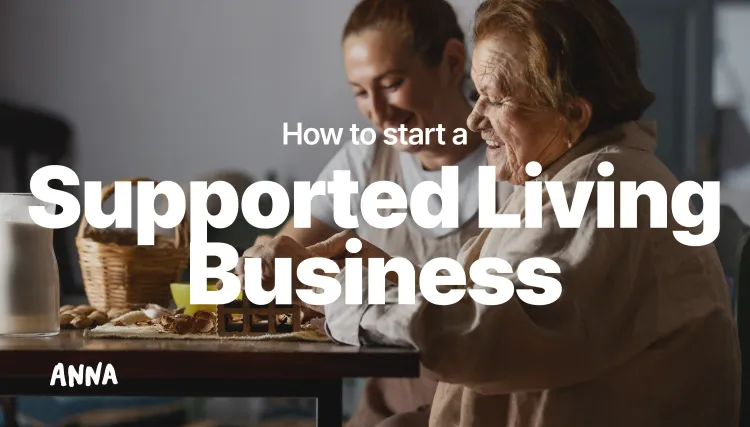

![140 Creative Tutoring Business Names [Ideas & Examples]](https://storage.googleapis.com/anna-website-cms-prod/medium_Cover_3000_Landscaping_Business_Names_Creative_Name_Ideas_d7964059b3/medium_Cover_3000_Landscaping_Business_Names_Creative_Name_Ideas_d7964059b3.webp)

![How to Start a Self-Employed Business in the UK [Guide]](https://storage.googleapis.com/anna-website-cms-prod/medium_Cover_3000_Landscaping_Business_Names_Creative_Name_Ideas_fe5b6edef1/medium_Cover_3000_Landscaping_Business_Names_Creative_Name_Ideas_fe5b6edef1.webp)
![How to Start an Electrician Business in the UK [Guide]](https://storage.googleapis.com/anna-website-cms-prod/medium_Cover_3000_How_to_Start_a_Car_Detailing_Business_Successfully_74488a6268/medium_Cover_3000_How_to_Start_a_Car_Detailing_Business_Successfully_74488a6268.webp)


![How to Start a Hoodie Business in 2026 [Full Guide]](https://storage.googleapis.com/anna-website-cms-prod/medium_Cover_3000_How_to_Start_a_Hoodie_Business_in_2025_Guide_17060b578d/medium_Cover_3000_How_to_Start_a_Hoodie_Business_in_2025_Guide_17060b578d.webp)
![How to Start a Bakery Business in the UK [2026 Guide]](https://storage.googleapis.com/anna-website-cms-prod/medium_Cover_3000_How_to_Start_a_Copywriting_Business_from_Scratch_e47ea6b2a6/medium_Cover_3000_How_to_Start_a_Copywriting_Business_from_Scratch_e47ea6b2a6.webp)

![How to Start a Graphic Design Business in 2026 [Full Guide]](https://storage.googleapis.com/anna-website-cms-prod/medium_Cover_3000_How_to_Start_a_Graphic_Design_Business_in_2025_d8d412cdf5/medium_Cover_3000_How_to_Start_a_Graphic_Design_Business_in_2025_d8d412cdf5.webp)
![How to Start a Video Editing Business in 2026 [Full Guide]](https://storage.googleapis.com/anna-website-cms-prod/medium_Cover_3000_How_to_Start_a_Video_Editing_Business_in_2025_bf1c6865ee/medium_Cover_3000_How_to_Start_a_Video_Editing_Business_in_2025_bf1c6865ee.webp)





![How to Start an Event Planning Business [Full UK Guide]](https://storage.googleapis.com/anna-website-cms-prod/medium_Cover_3000_How_to_Start_an_Event_Planning_Business_in_the_UK_9e78d91fa0/medium_Cover_3000_How_to_Start_an_Event_Planning_Business_in_the_UK_9e78d91fa0.webp)
![How to Start a Coffee Van Business in the UK [Step-by-Step]](https://storage.googleapis.com/anna-website-cms-prod/medium_Cover_3000_How_to_Start_a_Copywriting_Business_from_Scratch_87e1d9b2a3/medium_Cover_3000_How_to_Start_a_Copywriting_Business_from_Scratch_87e1d9b2a3.webp)